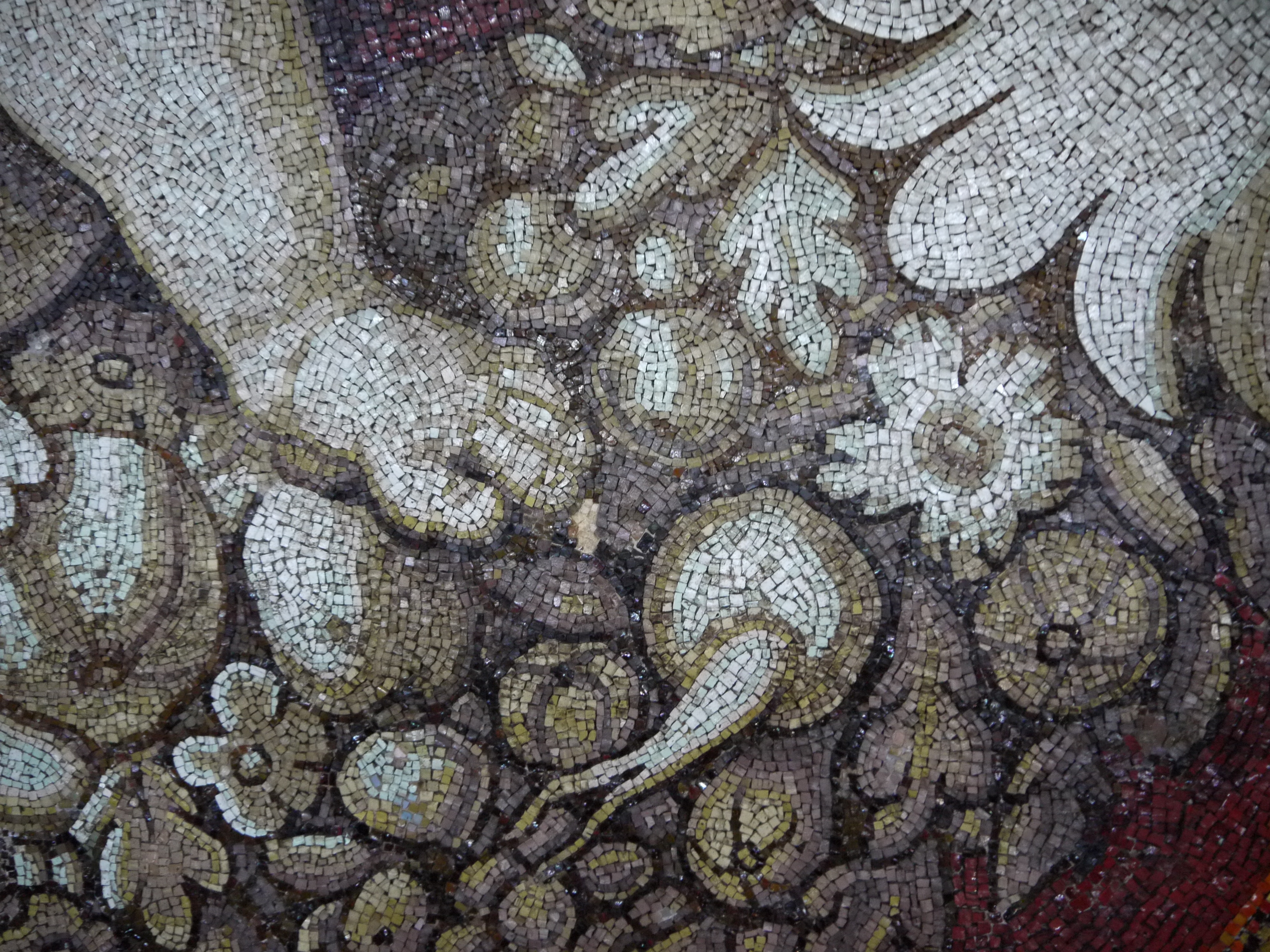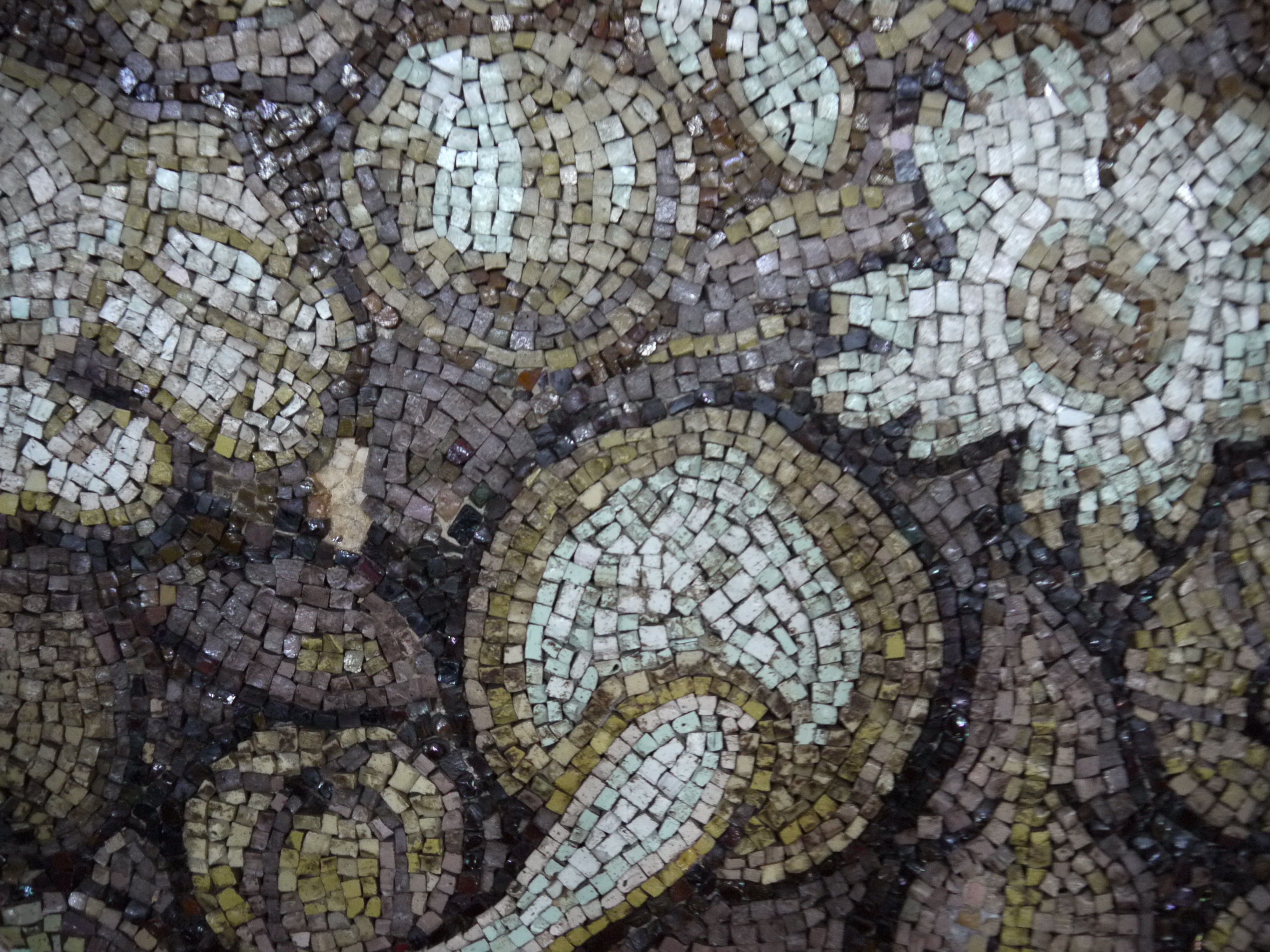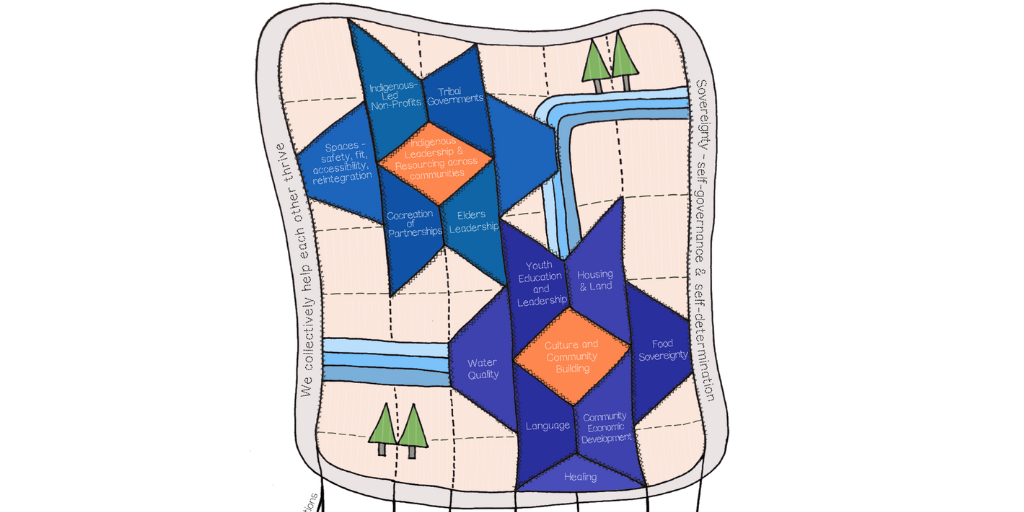Developmental evaluation is an approach to evaluating programs that takes account of complexity and changing conditions, supports innovation, and serves as a vehicle for adaptation for leaders seeking feedback on how to adapt to these evolving forces. It is not simply about improving programs, but developing them.
From a technical point of view, this means working with program inputs, processes and the environmental conditions surrounding a program to optimally amplify the positive attracting forces to facilitate evolution of a program while dampening the negative attracting forces. That's a mouthful, but basically it allows programs to see helpful trends and work with them and deter unhelpful patterns of activity in a program.
Rather than wait until these forces have exhausted themselves, developmental evaluation seeks to create levers of change with the data available to assist decision making allowing programs to be active not reactive in creating their future.

Embracing novelty and complexity
It is folly to expect that any operation within a social innovation context will produce predictable, repeatable results with high certainty. If something is truly innovative then it is, by definition, moving into new territory. When the 'social' component is added to the word 'innovation' then one of the few certainties is that complexity will emerge in some form. Complexity is unpredictable by its nature. It involves many (inter) actions simultaneously occurring within a particular time, set of boundaries and context to produce results that are highly context sensitive and unlikely to be reproduced consistently. This is what makes complexity such a challenge from the perspective of traditional science, which seeks to isolate, control and de-construct systems into parts and explain the whole by the relationship of these parts to one another.
Complexity breaks this down and forces us to consider interactions, context and systems as wholes, embracing the paradox that each complex system is unique with actions and 'behaviours' that can be understood by rules that are often common across similar environments. Reconciling the rigour of science with the contingencies associated with complexity is perhaps the biggest challenge to an informed social innovation program of activity.

Resolving New Science and Practice Tensions
Why is this such an issue for social innovation?
The reason has to do with impact. If one is operating a program that has a highly defined scope, relatively focused set of objectives and anticipated outcomes - planned and unintended -- that can be predicted based on a strong body of evidence from research and practice, and the means to deliver the program consistently to achieve such outcomes, the ethics of practice are clear and it is possible to use a specific set of tools to evaluate the program.
(Note: Among the things that make complexity and social innovation such a challenge is that the number of qualifiers one has to make to illustrate a point are many, hence the length of the last sentence -- CN).
This is rarely the case with social innovation. Often we are implementing ideas that have promise given certain experience and evidence from one context into another that is complicated by differences in time, place, policies, population and the intersection of all of these factors. That does not mean we can't learn from other programs, but unlike a baking recipe, it is unlikely that the same outcome will be achieved in the same way with repeated effort.
It is not that programs can assume perfect foresight on each possible consequence, but that they have mechanisms in place to understand what could happen and develop reasonable means for paying attention to what is when it is happening. It means using methods of data capture and design that enable us to see the small within the large, the whole and the parts simultaneously and building the scaffolding to allow us to graft new insights into existing program plans.
The Developmental Design Imperative

Developmental evaluation provides data and an approach to support decision making within programs and initiatives operating in complex spaces. While preferable compared with traditional formative and summative program evaluation approaches, developmental evaluation is not enough to assure social innovation success.
Without an organizational environment that has receptor capacity to receive the information gleaned from a developmental evaluation and the skills and knowledge to transform that into sustainable, optimal design decisions, it is unlikely that developmental evaluation will yield much in the way of benefits.
Developmental evaluation requires developmental design to go with it. Developmental design is a form of design thinking that systematically integrates evidence with program experience to modify and develop programs and initiatives while they are in operation. It incorporates evaluation with sensemaking and design to (re)create programs as they develop. It also involves an organizational commitment to ongoing monitoring, feedback and modification of programs using evidence and the consultative principles inherent in much of design thinking.
The Art and Science of Wholes and Parts
Like a mosaic, programs have details that may not always be obvious at first or even make sense at different scales. A mosaic is a static piece of art, whereas social innovation is art-in-practice. Developmental evaluation and developmental design are the means by which we can transform and make sense of the initiatives we create to help positively transform our world. This brings together the fields of evaluation and design thinking with the content expertise that social innovators bring with their motivation and enthusiasm to the initiatives they help create.
By combining the social psychology of program development, the science of developmental evaluation and the design thinking sensibilities that allow us to create and channel our intentions appropriately we can better support initiatives that last and respond to the realities of the day, rather than fade into the background.
It allows us to create our social innovation art at different scales and better display it for everyone to enjoy today and well into the future.







